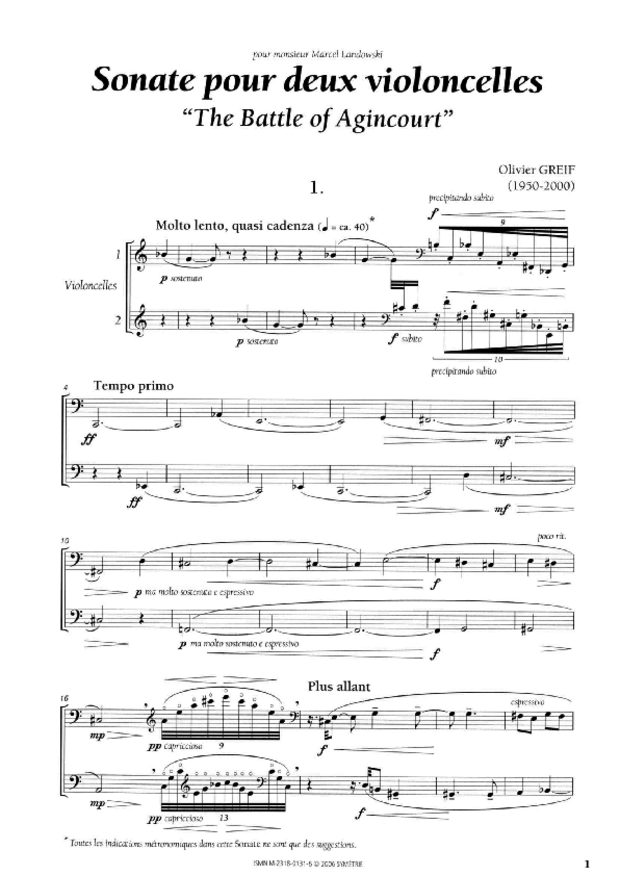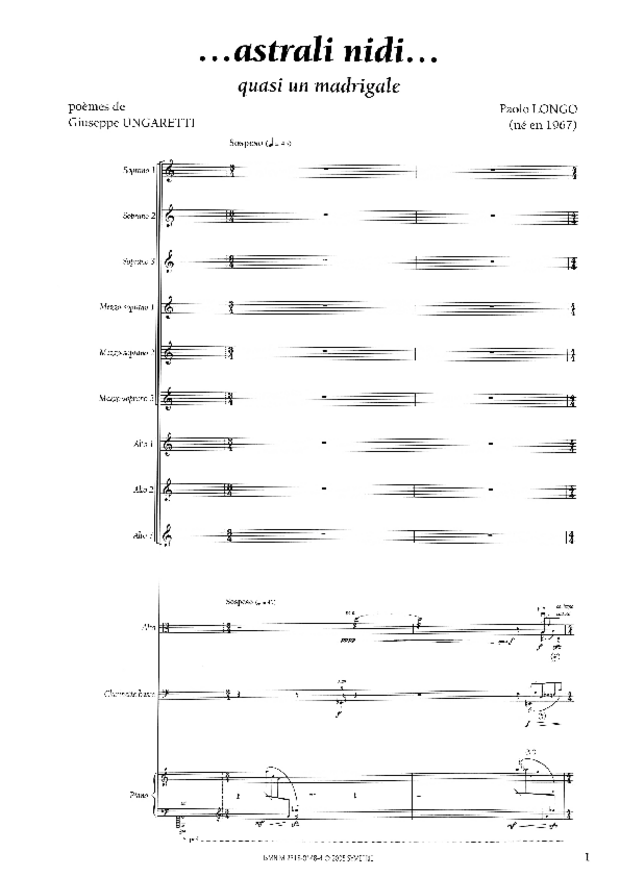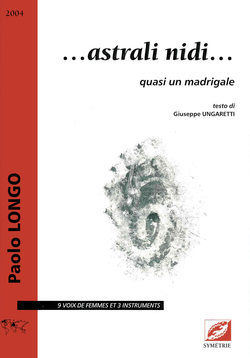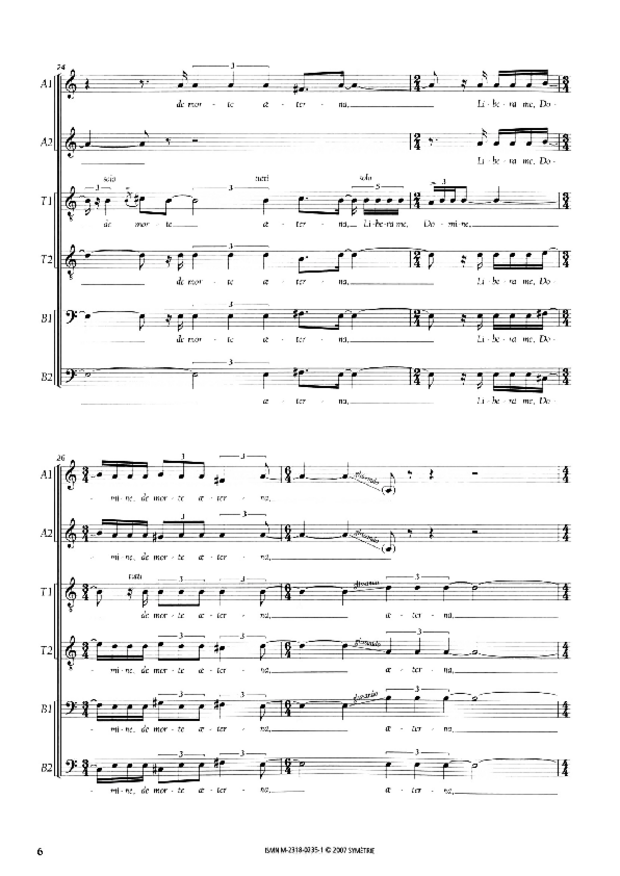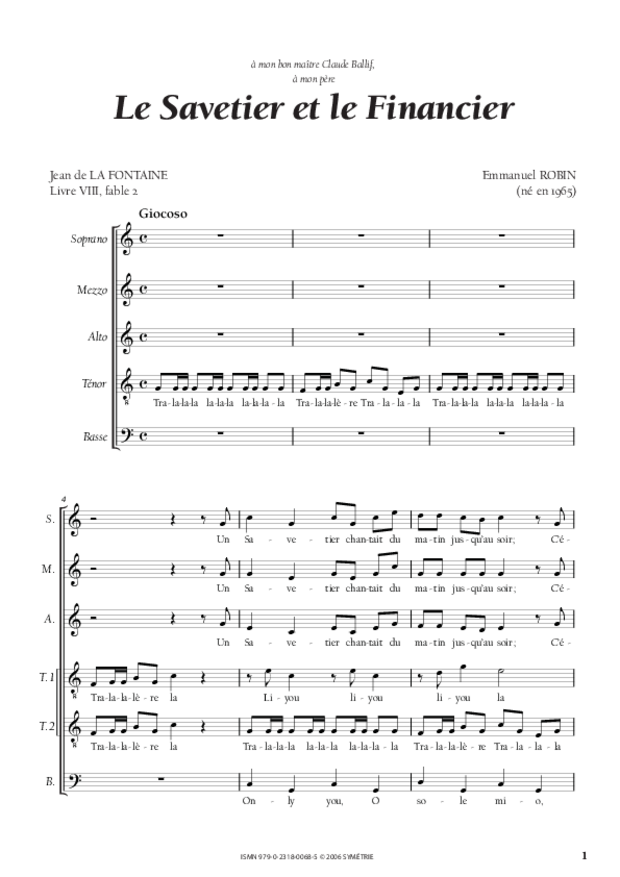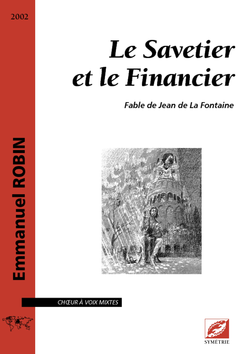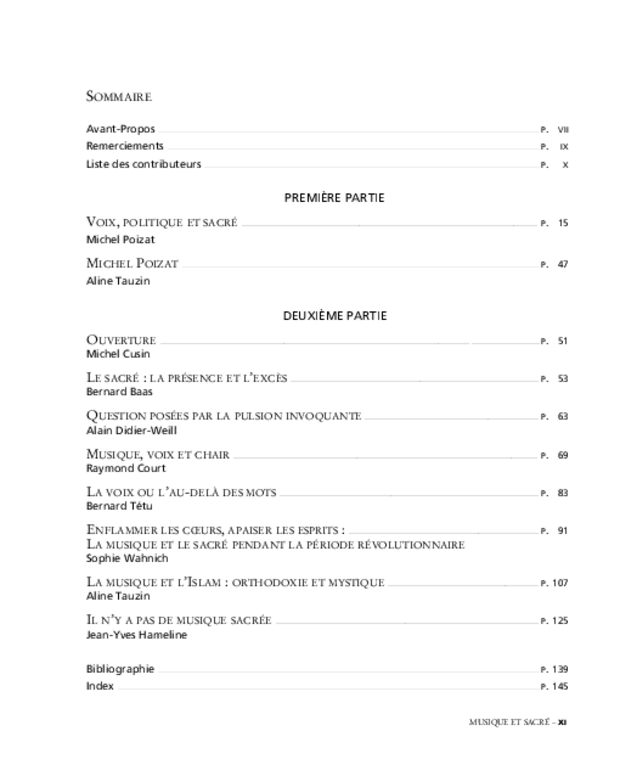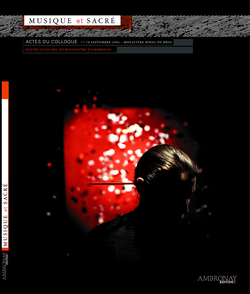My music often stems from a desire to engage in dialogue, to compare it with ancient repertoires; these are often tributes to the repertoires that nourish me, and so we will find reminiscences of, and similarities with:
• the vocality of medieval monodic repertoires (Gregorian chant, etc.) and certain traditional rep- ertoires (India, Greece, etc.);
• medieval counterpoint and traditional polyphony (Georgia, the Mediterranean Basin). As in many of these traditions, the major second, the fourth and the minor seventh are considered consonant and must sound just, without beats, in the same way as the octave or the fifth;
• the forms and uses of prosody employed in the Middle Ages: alternatim in the Miserere and the Magnificat, notes held in the lower voice in the Ave regina coelorum, as in the organum of Notre-Dame de Paris, the syllabic rhythm often used.
The three motets were originally written for solo voices (those of the Ensemble Gilles Binchois), but the Miserere is perfectly suited to a vocal ensemble, as are the odd-numbered verses of the Magnificat.
For the pitch, choose between the written tone and 1⁄2 tone lower (415 Hz), depending on the singers present.
The text follows classical Latin prosody, respecting the accents without necessarily influencing the duration.
Italian Latin or “Binchois pronunciation” may be used, with Latin vowels and French consonants.
The aesthetic of these pieces is in keeping with ancient sacred chant, with few dynamic effects. The performers sing in full voice, without affectation. The ornamentation is integrated into the melody, which carries the text firmly and clearly.
The vocal conception of these motets is in keeping with the medieval ideal of Church song: the vox suavis, high, soft and clear, a song that combines the notions of power and fullness with those of gentleness and delicacy.
Dominique Vellard
Sommaire
- 1. Magnificat
- 2. Ave regina cœlorum
- 3. Miserere
Extraits sonores
Nomenclature
solistes et ensemble vocal
